You’re interested in Machine Learning and AI, and you dabble a little into getting to know the mechanics and concepts of it.
But does it deal with statistics, data mining, or algorithms?
Maybe there aren’t a one-size-fits-all definition towards machine learning, however, if you talk about machine learning with a friend or colleague, you probably would run into the risk of being asked, what is machine learning and what is it all about?
So in this article, we discuss how we can explain machine learning in the simplest and layman’s terms with relatable examples.
According to Tom Mitchell in his book, Machine Learning, provides an open definition:
“The field of machine learning is concerned with the question of how to construct computer programs that automatically improve with experience.”
It’s like a “wow” moment, with this short and sweet definition.
Note the mention of “computer programs” and the reference to “automated improvement“. Write programs that improve themselves, it’s simple yet direct to its point.
So, here are 10 examples of machine learning that helps you to explain to another person about machine learning:

Spam Detection With Machine Learning
Given email in an inbox, identify those email messages that are spam and those that are not. Spam filters as you probably know are built on a model of this problem, allowing a program to leave non-spam emails in the inbox and move spam emails to a spam folder.
From a machine learning perspective, we approach spam filtering as a classification problem. In which, we classify an email as spam or not spam depending on its features.
Spam detection is a beginner’s example of a document classification task which involves classifying an email as spam or non-spam mail. Spam box in your Gmail account is the best example of this.

Credit Card Fraud Detection With Machine Learning
The performance of fraud detection in credit card transactions is greatly affected by the sampling approach on the dataset, selection of variables and detection technique(s) used.
A program with a model of this decision could identify and manage fraudulent behaviour – which are constantly changing.
These are not the only challenges in the implementation of a real-world fraud detection system, however. In real-world examples, the massive stream of payment requests is quickly scanned by digital payment devices that determine which transactions to authorize.
Machine learning algorithms are deployed to analyse all the authorized transactions and report the suspicious ones. These reports are investigated by professionals who contact the cardholders to authenticate if the transaction was genuine or fraudulent.
The investigators provide feedback to the automated system which is used to train and update the algorithm to eventually improve the fraud-detection performance over time.
Some of the currently used approaches to detection of such fraud are:
– Artificial Neural Network
– Genetic Algorithm
– Logistic Regression
– Decision tree
– Support Vector Machines
– Bayesian Networks
– K-Nearest Neighbour

Digit Recognition With Machine Learning
Handwritten character recognition is one of the practically important issues in pattern recognition applications. The applications of digit recognition include postal mail sorting, bank check processing, form data entry, etc.
The heart of the problem lies within the ability to develop an efficient algorithm that can recognize handwritten digits and which is submitted by users by the way of a scanner, tablet, and other digital devices.
Handwritten digit recognition has gained so much popularity from the aspiring beginner of machine learning and deep learning to an expert who has been practising for years. Developing such a system includes a machine to understand and classify the images of handwritten digits as 10 digits (0–9) from the famous MNIST dataset. 
Speech Understanding With Machine Learning
Sound is transmitted as waves, at every moment in time, they have a single value based on the height of the wave and recording a number representing the height of the sound wave is called ‘sampling’.
We are taking the reading thousands of times a second and recording a number representing the height of the sound wave at that point in time. That’s basically all an uncompressed .wav audio file is.
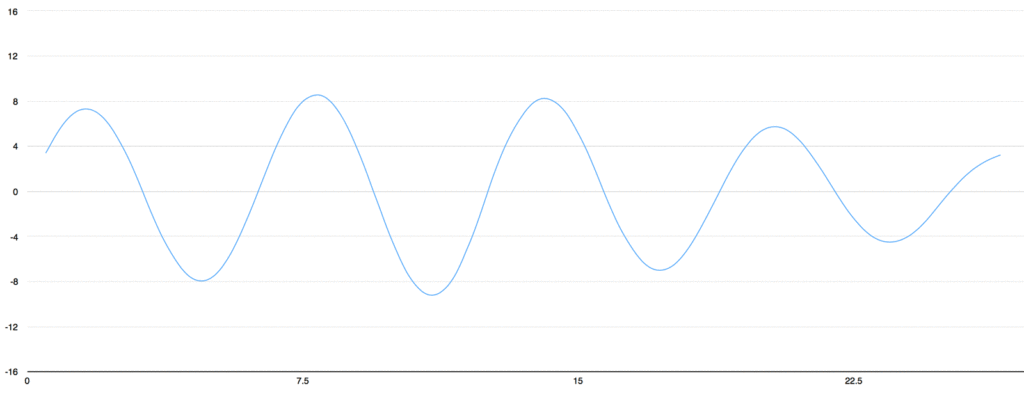
A model of this problem would allow a program to understand and make an attempt to fulfil that request. For example, Apple Siri, Google Assistant, Alexa, etc.
Face Detection With Machine Learning
Face detection is a computer vision problem that involves finding faces in photos. It is a trivial problem for humans to solve and has been solved reasonably well by classical feature-based techniques, such as the cascade classifier.
More recently deep learning methods have achieved state-of-the-art results on standard benchmark face detection datasets. A model of this decision process would allow a program to organize photos by person.
Face recognition is often described as a process that first involves four steps; they are face detection, face alignment, feature extraction, and finally face recognition.
- Face Detection. Locate one or more faces in the image and mark with a bounding box.
- Face Alignment. Normalize the face to be consistent with the database, such as geometry and photometric.
- Feature Extraction. Extract features from the face that can be used for the recognition task.
- Face Recognition. Perform matching of the face against one or more known faces in a prepared database..
A helpful overview of this process is provided in the book “Handbook of Face Recognition,” provided below
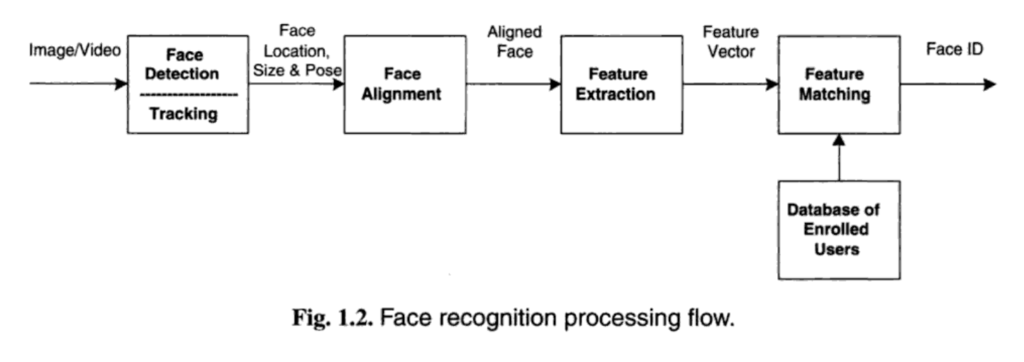
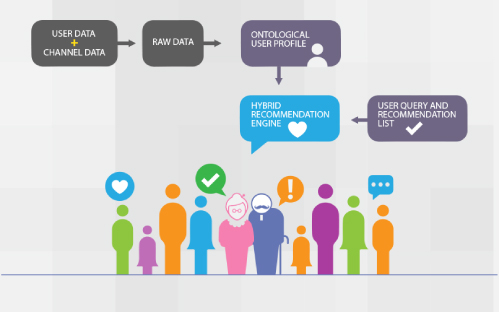
Recommendation System With Machine Learning
You can find large scale recommender systems in retail, video on demand, or music streaming. It is most widespread in the retail scene, where utilization of algorithms and data to recommend the most relevant items to a particular user.
A model of this decision process would allow a program to make recommendations to a customer and motivate product purchases.
Also think of Facebook, GooglePlus and LinkedIn that recommend users to connect with you after you sign-up.
The basic building blocks of a recommendation engine are data collection, storage, and filtering – either with content based filtering or collaborative filtering.

Medical Diagnosis With Machine Learning
With the trained data the symptoms exhibited in a patient and a database of anonymized patient records, predict whether the patient is likely to have an illness.
A model of this decision problem could be used by a program to provide decision support and diagnostics to medical professionals.
Unfortunately, tne of the biggest challenges is the ability to obtain patient data sets which have the necessary size and quality of samples needed to train state-of-the-art machine learning models.
Since patient data is protected by strict privacy and security rules, the data is not easy to collect, share and distribute. Hence, the slower adoption and research on machine learning in this field.

Stock Trading With Machine Learning
Predicting how the stock market will perform is one of the most difficult things to do. There are so many factors involved in the prediction – physical factors vs. psychological, rational and irrational behaviour, etc.
All these aspects combine to make share prices volatile and very difficult to predict with a high degree of accuracy.
Given the current and past price movements for a stock, determine whether the stock should be bought, held or sold.
A model of this decision problem could provide decision support to financial analysts.

Customer Segmentation With Machine Learning
Collecting data on the pattern of behaviour by a user during a trial period and the past behaviours of all users, identify those users that will convert to the paid version of the product and those that will not.
Customers who use your platform have different needs and they have their own different profile. You should adapt your actions depending on that.
You can do many different segmentations according to what you are trying to achieve. If you want to increase retention rate, you can do a segmentation based on churn probability and take actions.
A model of this decision problem would allow a program to trigger customer interventions to persuade the customer to convert early or better engage in the trial.
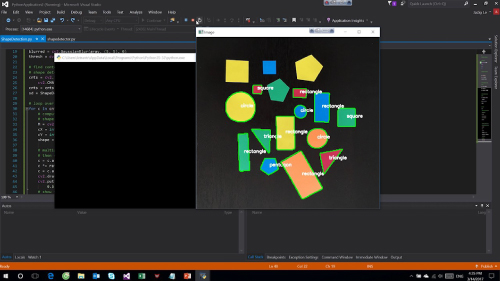
Shape Detection With Machine Learning
How a machine actually understands and processes the hand drawing of a shape on a touch screen and a database of known shapes, determine which shape the user was trying to draw.
A model of this decision would allow a program to show the platonic version of that shape the user drew to make crisp diagrams.
Another example of shape detection is through computer vision programs where information from images with shapes within are recognizable to the machine, which is usually taken from cameras or scanners.
Conclusion – what machine learning is all about.
These 10 examples will give a good idea of what a machine learning problem looks like.
Some of these examples bring about the toughest problems in Artificial Intelligence, such as Natural Language Processing and Machine Vision. Whereas the classic examples of machine learning such as spam detection and credit card fraud detection.
So as you do about your day, think about your interactions with online and offline software in the past week. I’m sure you could easily guess at another ten or twenty examples of machine learning you have directly or indirectly used.
If you’re ready to commit in learning data science, join the community now and start learning at LEAD’s Data Science 360 professional certification course.
If you enjoyed reading this, do share with us your thoughts in the comment section below.
If you are interested to learn more about machine learning, AI, Big data, or if you aspire to become a data scientist, LEAD offers a complete Data Science course in Malaysia that is designed to equip you for a career in data science within 8 weeks.
What are some of your favourite examples? Leave them in the comment section below.
Don’t forget to visit us on Facebook and subscribe to our YouTube channel for more interesting content too.

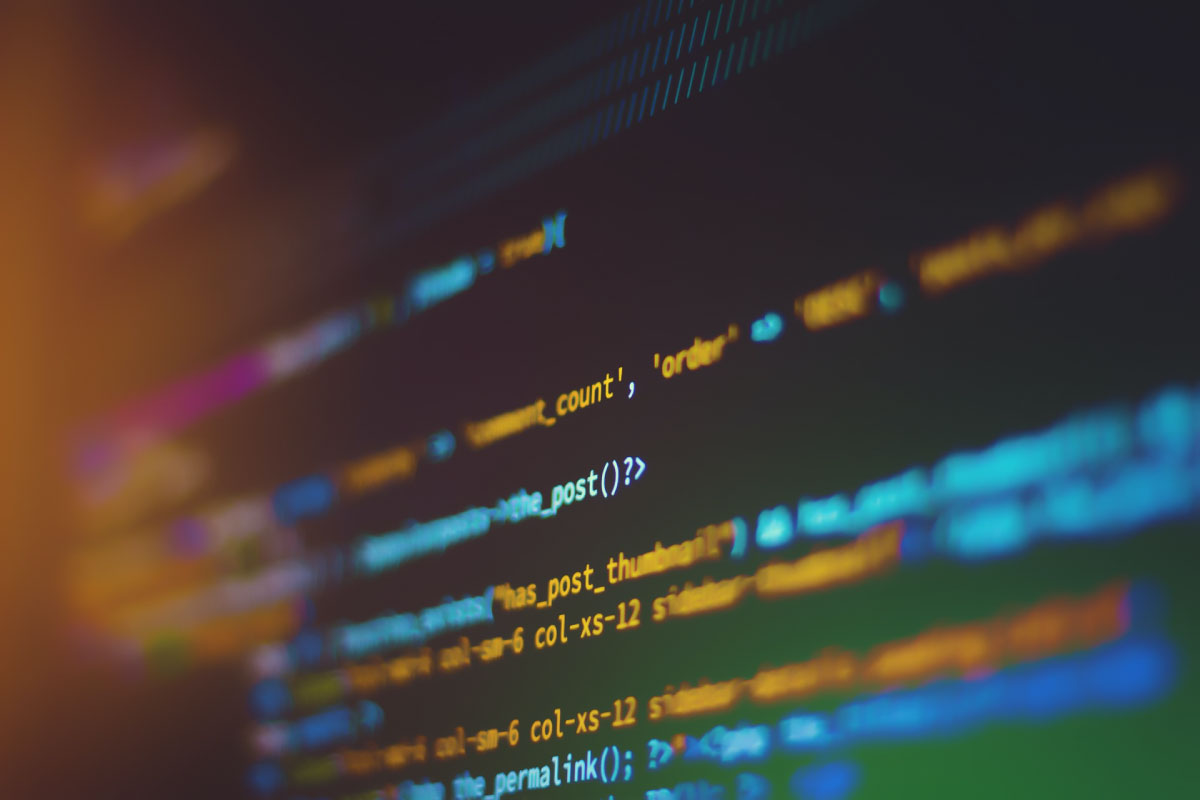

0 Comments
Trackbacks/Pingbacks